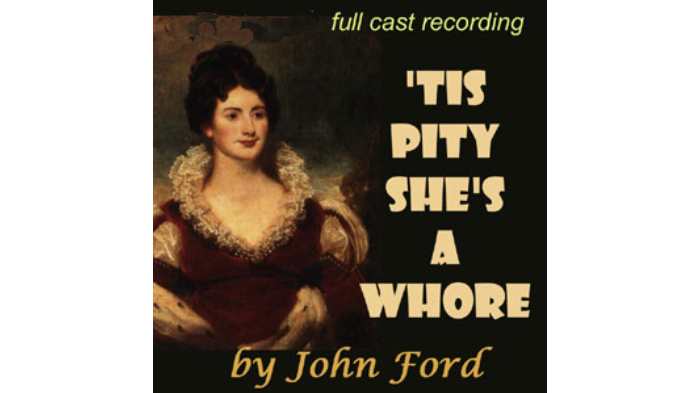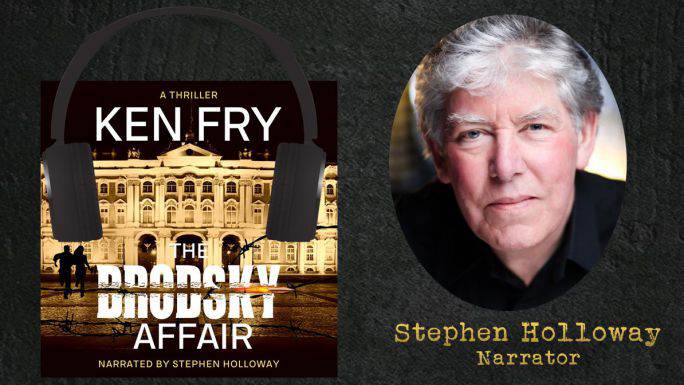Amidst the theatrical landscape of England during the rule of Charles I, emerged a play that stood as a shockingly audacious creation—’Tis Pity She’s A Whore. This dramatic opus delves deep into the annals of human nature, chronicling a tale that reverberates with shocking intensity. The narrative unfurls around the catastrophic repercussions ensuing from a forbidden liaison—an incestuous entanglement that ensnares Giovanni and Annabella, two Italian siblings consumed by a fatalistic outlook on life.

As the story unfolds, Annabella finds herself at the center of suitors’ desires, each vying for her hand in marriage. Yet, amidst this seemingly conventional pursuit, a web of deceit and vengeance gradually entwines the characters, ensnaring them in its intricate threads. The narrative trajectory winds inexorably toward a climactic crescendo, a crescendo that is far from the conventional happily-ever-after. Instead, what awaits is a denouement drenched in blood—a finale that leaves an indelible mark on both the characters and the audience.
In ‘Tis Pity She’s A Whore, the playwright delves into the darkest corners of human emotions and choices, exposing the raw and often unsettling facets of human nature. Against a backdrop of societal norms and moral boundaries, the narrative casts a stark light on the human capacity for passion, obsession, and the tragic consequences that can arise when these forces collide. This play, with its provocative themes and unflinching portrayal of taboo subjects, stands as a testament to the power of art to provoke, challenge, and illuminate the depths of the human experience.
 Skip to content
Skip to content








